Category: Hunting
-
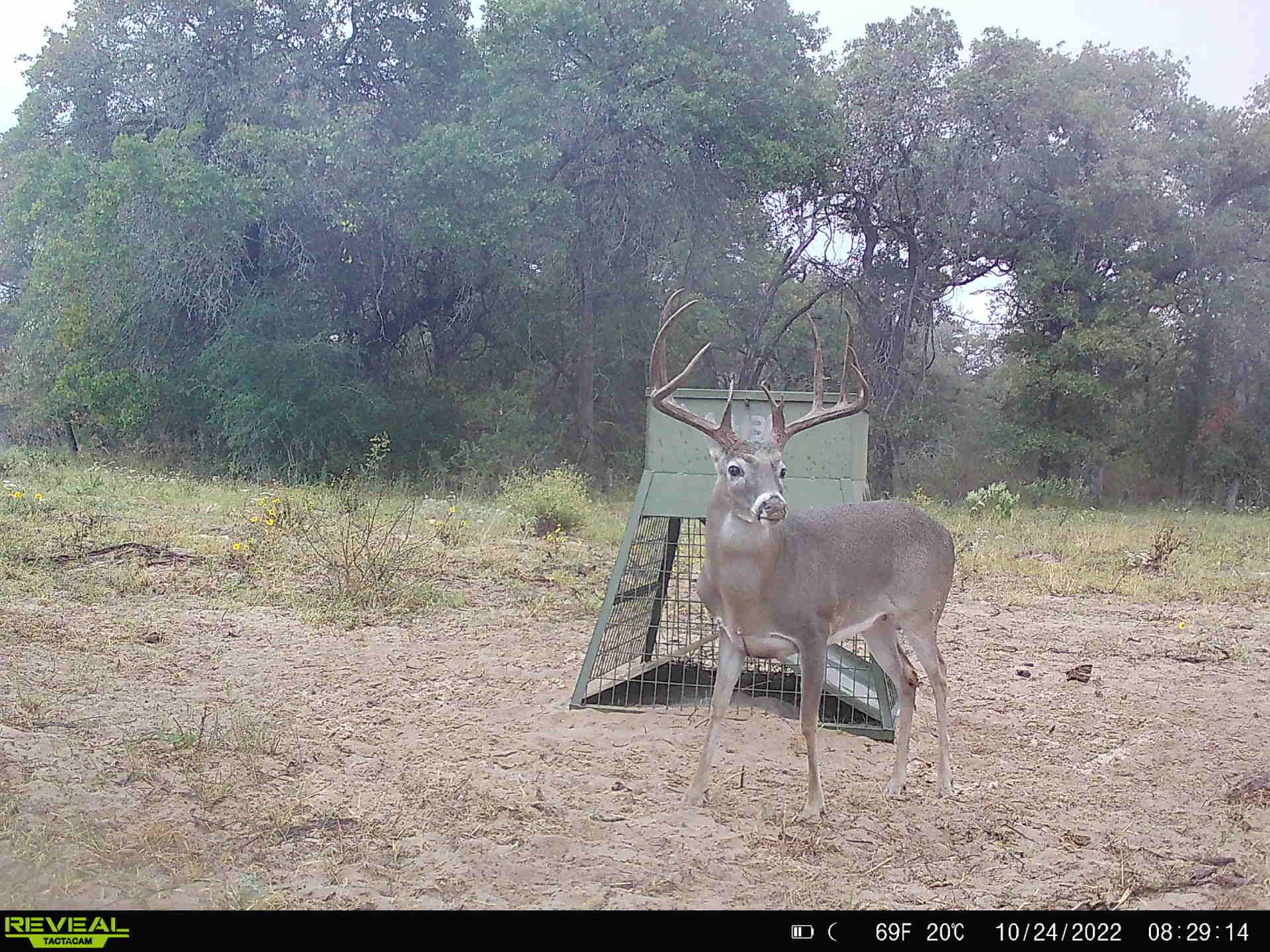
Tactacam Reveal X Cellular Game Camera Review: Pros and Cons
Cellular game cameras have many advantages over traditional old-fashioned cameras where you have to physically access the device to pull photos from the SD card. A friend turned me on to the Tactacam Reveal cellular cameras and they are a game-changer. I’m running the Reveal X 2.0 model cameras which I believe are a bargain…
-
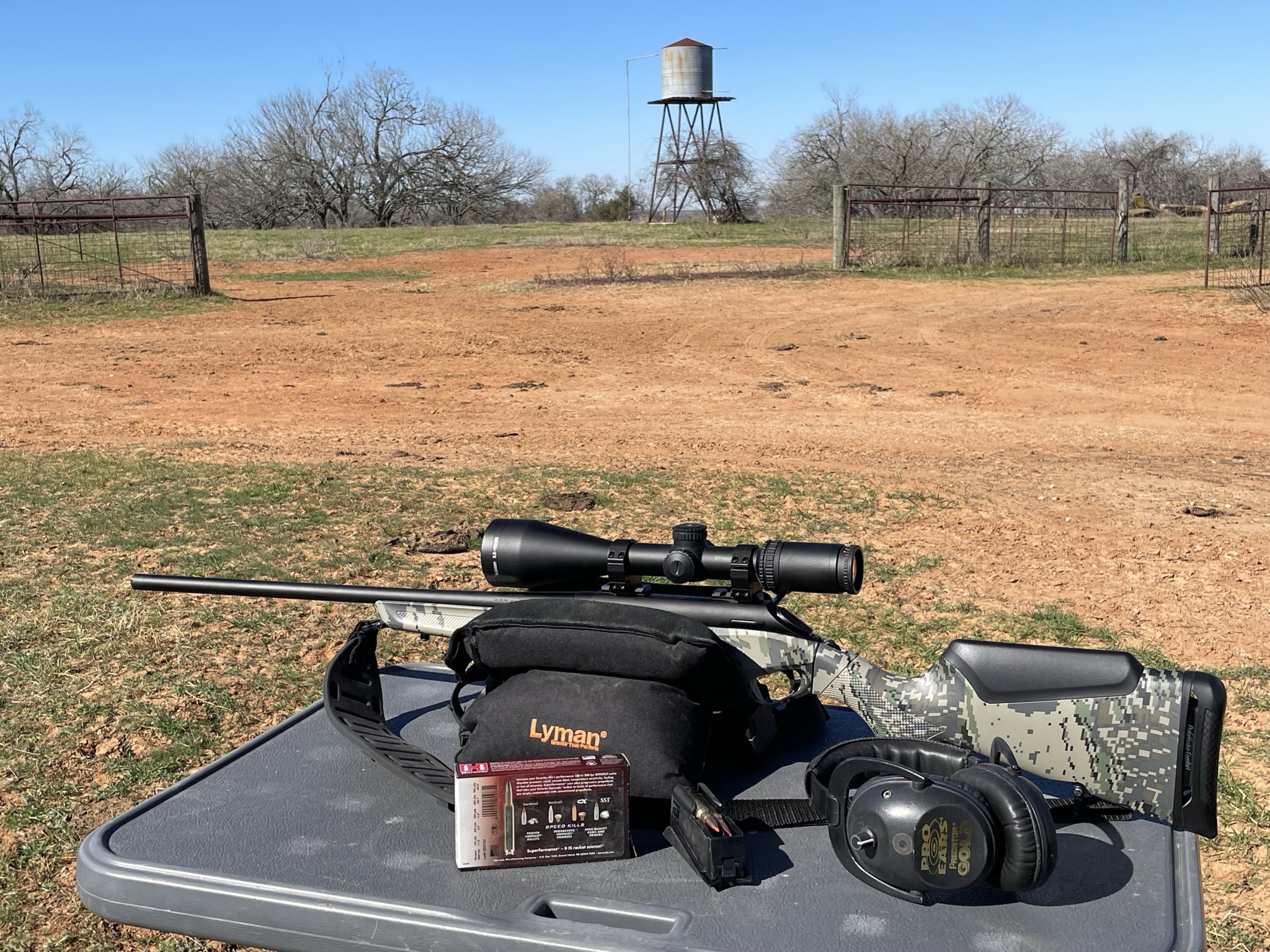
Hog hunting with the new Benelli Lupo 308
We took the new Benelli Lupo 308 hog hunting in Texas and it lived up to its name. You see, Lupo is Italian for wolf, and this wolf harvested some bacon. Read the complete review at our other website Tactical Gun Review.
-
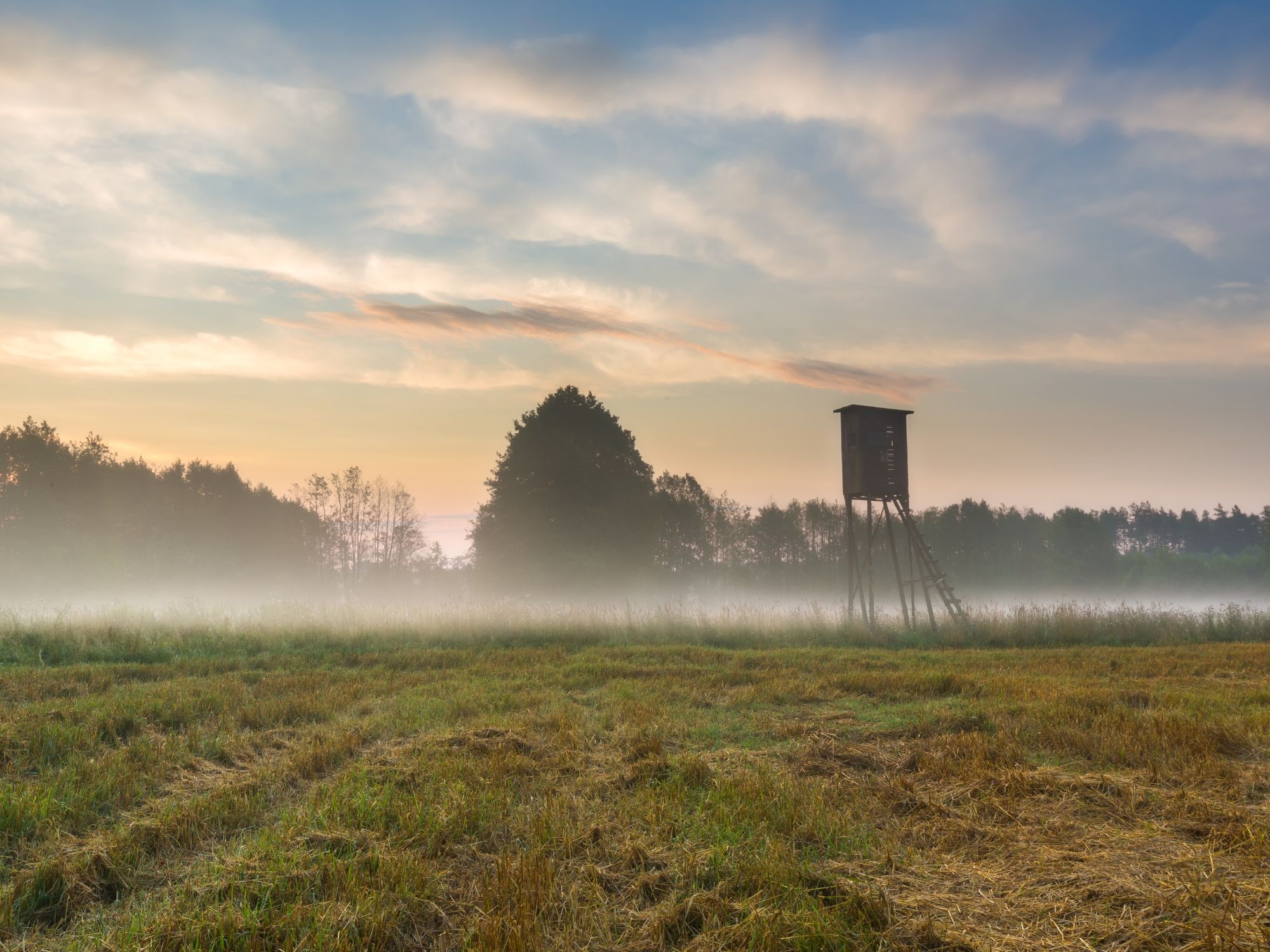
How To Transform Farming Land Into Hunting Grounds
Sometimes, finding the best hunting grounds in your area requires you to create those hunting grounds. Learn how to turn farming land into ideal hunting land.
-
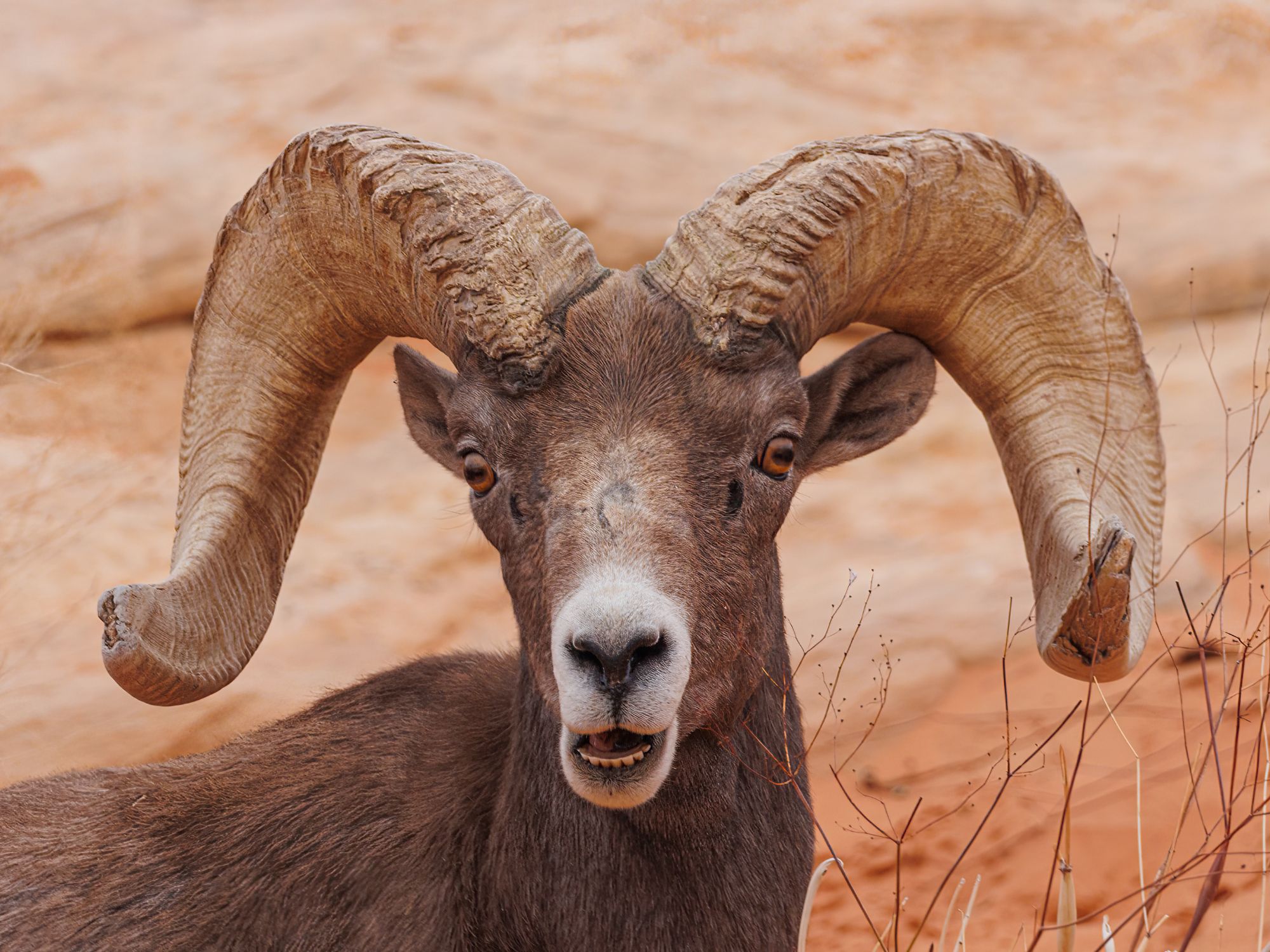
Places in Texas Where You Can See Bighorn Sheep
Texas is home to incredible wildlife, including bighorn sheep. Learn some of the places you can visit to try to spot these incredible animals.
-
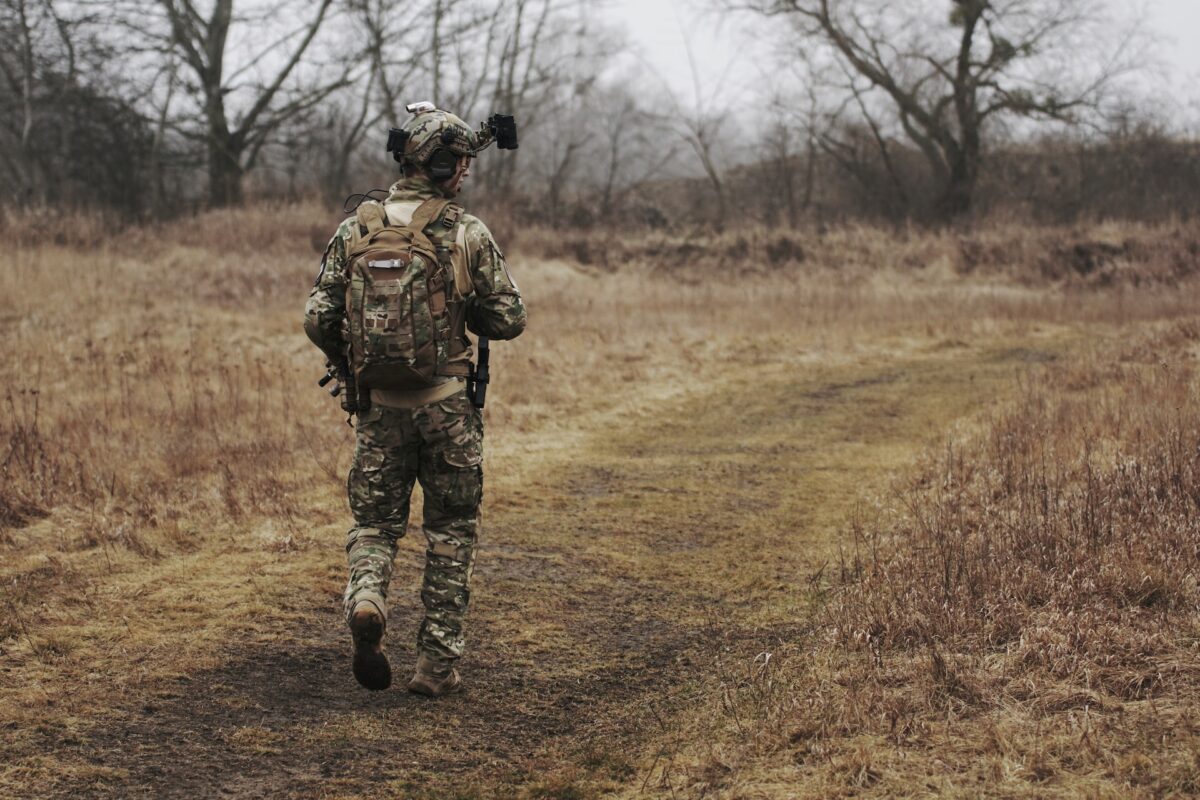
The Best Tactical Gear for Gun Lovers
In the world of gun enthusiasts, the importance of being prepared and equipped cannot be overstated. Whether you’re engaging in shooting sports, embarking on a hunting expedition, or simply spending time in the great outdoors, having the right gear can make all the difference. Dive into the best tactical gear for gun lovers to help…
-
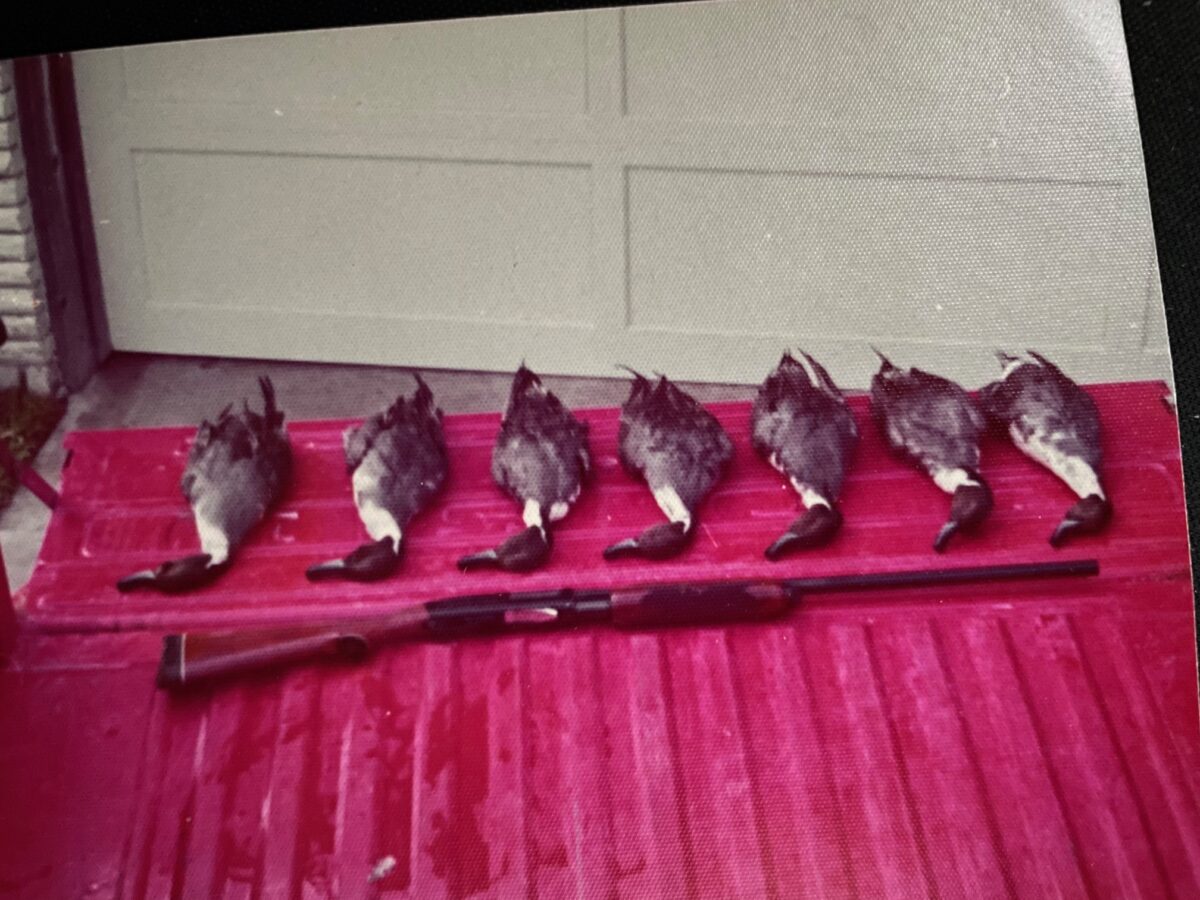
Sprigs! Pintails back in the day
Pintails were the only ducks we really chased back in the day. By “back in the day” I mean the late ’70s and early ’80s along the Gulf Coast. What a wonderful time and place to be a teenager. It helped that our family owned Portland Marine and I had easy access to a variety…
-
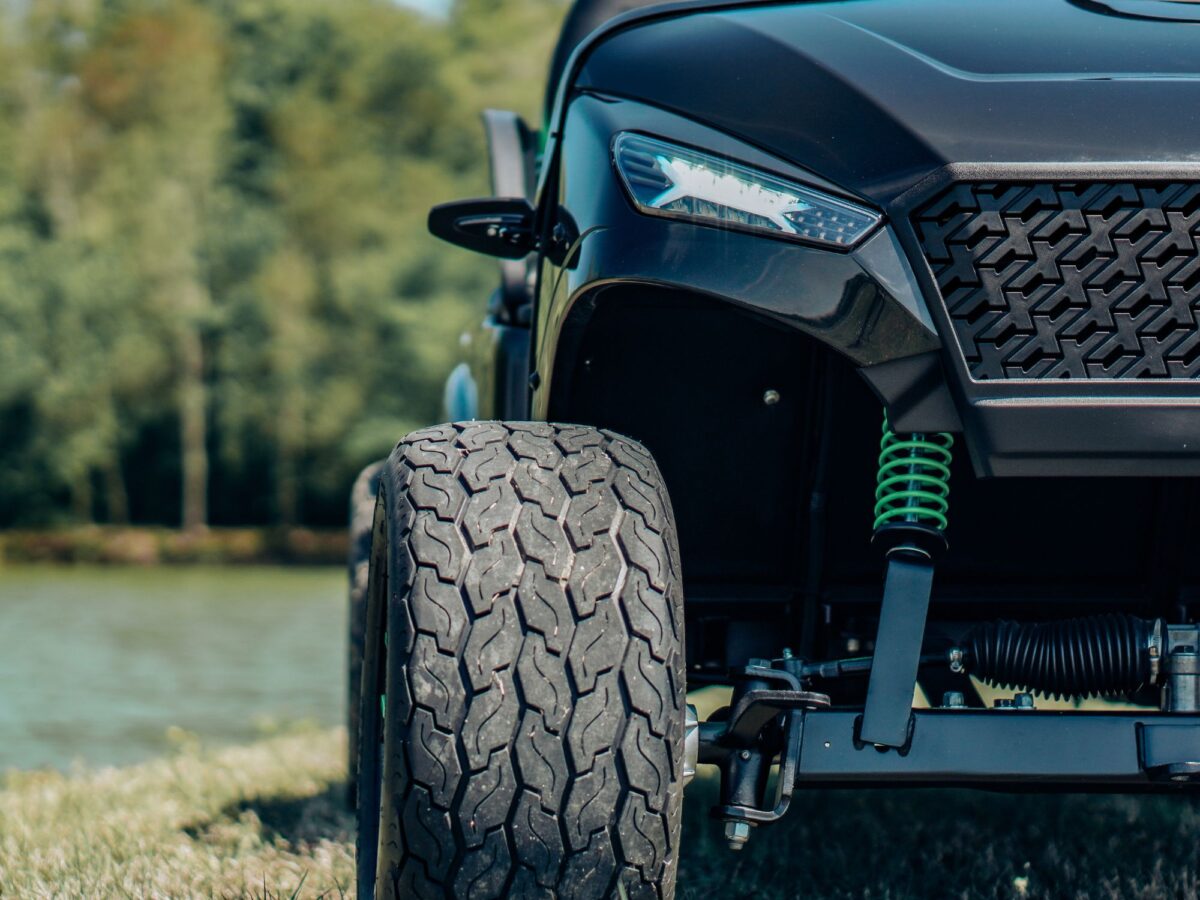
4 Reasons To Get a Hunting Golf Cart for Your Farm
Hunting golf carts offer many benefits to farmers, from their practicality to low maintenance. Learn why you should get a hunting cart for your farm.
-
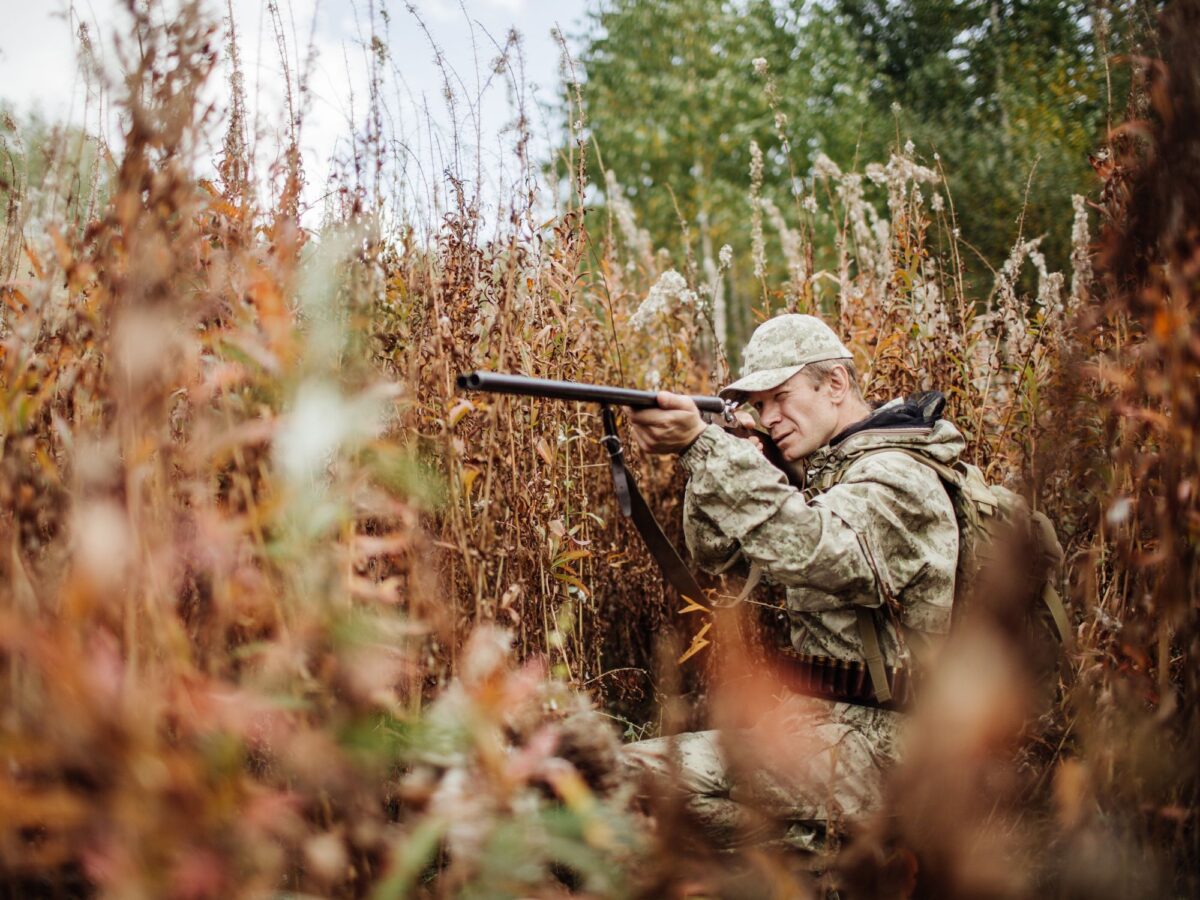
Reasons Why Hunting Is Considered a Sport
An activity must follow and cover certain regulations and guidelines to become a certified sport. Discover the reasons why hunting is considered a sport.
-

Where Do I Start With Shooting As a Hobby?
Shooting can be an incredibly rewarding hobby. Refining your marksmanship skills and learning more about firearms can support other goals (like hunting or home defense). Still, no matter how you choose to employ your skills, shooting is an activity that consistently offers new challenges in fun environments. Not sure where to start shooting as a…
-
6 Tips For Hunting in the Snow
Every year as fall rolls around, a new hunting season begins. The early season can be a mix of hot, warm, and cool temperatures but eventually, as the calendar flips into November winter and snow are inevitably on their way. This will give many hunters challenges that they haven’t had to face yet this season.…
-
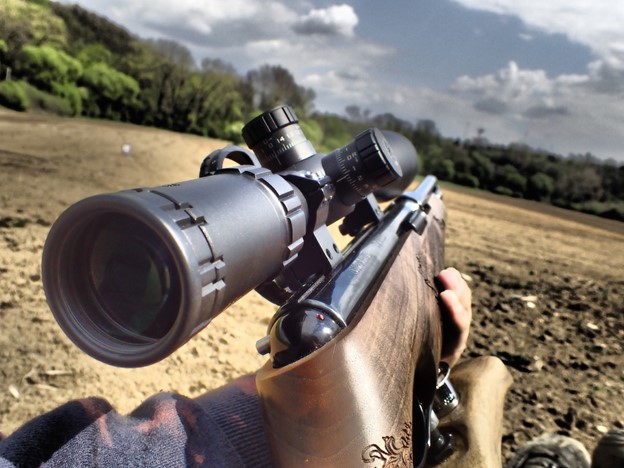
5 Tips for Hunting Day Trips With an Air Gun
Airguns are exploding in popularity around the country. From the gun’s precision to its relatively muted sound when fired, it’s the perfect alternative to a traditional rifle. The best part? You can use airguns as a hunting weapon. In fact, airguns are the ideal option for small game hunting because they are slightly less powerful…
-
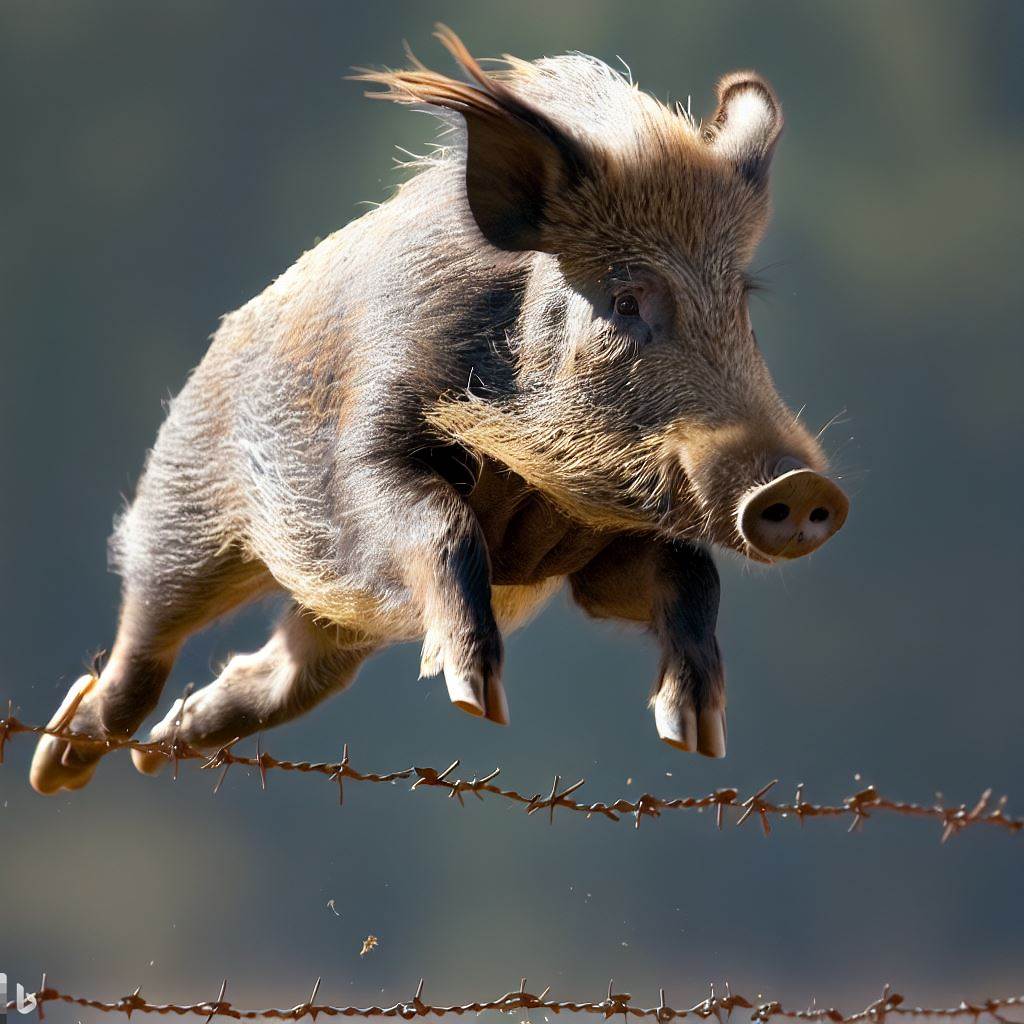
Incredible Photo! Wild Hog Jumping Barbed Wire Fence!
This wild hog certainly got some serious air time jumping a barbed wire fence south of San Antonio. I was set up in a ground blind trying to get some shots of wild turkeys when this hog came flying out of the brush and launched itself. Never seen anything quite like it.